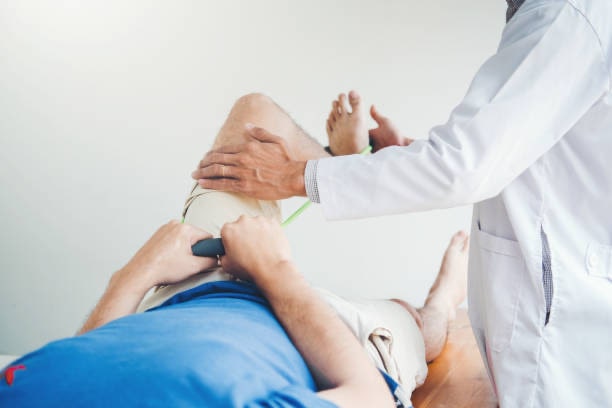Hysterectomy is a surgical procedure to remove the uterus. It may also involve the removal of the ovaries and fallopian tubes. Hysterectomy is usually performed to treat uterus cancer, endometriosis, or uterine prolapse.
Recovery from hysterectomy surgery can take several weeks. Therefore, following your doctor’s orders and getting plenty of rest is important. You will also need to avoid lifting anything heavy and refrain from sexual activity for at least six weeks.
Physiotherapy in Salisbury can help you recover more quickly and reduce your risk of complications after surgery. A physical therapist will design a personalised rehabilitation program for you that includes exercises to improve your range of motion, flexibility, and strength.
The following are some examples of exercises that may be recommended as part of your post-operative rehabilitation:
Kegel Exercises
One type of exercise that is often recommended after hysterectomy surgery is called Kegel exercises. These exercises help to strengthen the pelvic floor muscles, which support the uterus and other organs in the pelvis.
To do a Kegel exercise, tighten the muscles you would use to stop urinating. Hold this contraction for three seconds and then relax for three seconds. Repeat this ten times per session, three times per day.
Leg Lifts
Leg lifts are another common exercise prescribed after hysterectomy surgery. This exercise helps improve your range of motion and flexibility and strengthens the muscles in your thighs and buttocks.
Lie on your back on an exercise mat with your legs straight to do a leg lift. First, slowly lift one leg into the air, keeping your knee straight. Hold this position for three seconds before lowering your leg back to the starting position. Repeat this ten times per session, three times per day.
Pelvic Tilts
Pelvic tilts are another helpful exercise for those recovering from hysterectomy surgery. This exercise helps to strengthen the muscles in your lower back and abdomen.
To do a pelvic tilt:
- Lie on an exercise mat with your knees and feet flat on the floor.
- Slowly flatten your back against the mat, tilting your pelvis upward.
- Hold this position for three seconds before returning to the starting position.
- Repeat this ten times per session, three times per day.
Deep Squats
Deep squats are another great exercise for those recovering from hysterectomy surgery. This exercise helps improve your range of motion and flexibility and strengthens the muscles in your thighs, hips, and buttocks.
To do a deep squat:
- Stand with your feet shoulder-width apart and place your hands on your hips.
- Slowly lower your body into a squatting position, keeping your knees behind your toes.
- Hold this position for three seconds before returning to the starting position.
- Repeat this ten times per session, three times per day.
Walking
Walking is an excellent low-impact exercise that can help you stay active during your recovery from hysterectomy surgery. Walking helps to improve your range of motion, flexibility, and cardiovascular fitness.
Start by walking around your house or neighbourhood for 10 minutes per day. Then, gradually increase the duration and intensity of your walks as you begin to feel stronger. Eventually, you should be able to walk for 30 minutes or more at a time.
After you have recovered from your surgery and are feeling strong enough, you may want to consider joining a gym or health club. This will give you access to various workout equipment and classes and motivate you to stay active. You can also try physiotherapy in Salisbury for the best results.







